 W
WAlraune is a novel by German novelist Hanns Heinz Ewers published in 1911. It is also the name of the female lead character. The book originally featured illustrations by Ilna Ewers-Wunderwald.
 W
WAndymon. Eine Weltraum-Utopie is a 1982 East German science fiction novel by Angela and Karlheinz Steinmüller. It was ranked as the most popular East German science fiction novel in a 1989 poll.
 W
WBerge Meere und Giganten is a 1924 science fiction novel by German author Alfred Döblin. Stylistically and structurally experimental, the novel follows the development of human society into the 27th century and depicts global-scale conflicts between future polities, technologies, and natural forces, culminating in the catastrophic harvesting of Iceland's volcanic energy in order to melt Greenland's ice cap. Among critics, Berge Meere und Giganten has the reputation of being a difficult and polarizing novel, and has not received nearly as much attention as Döblin's following novel, Berlin Alexanderplatz (1929).
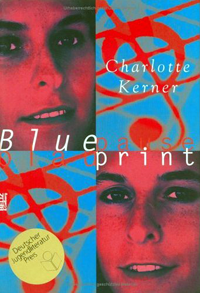 W
WBlueprint : Blaupause is a German novel written by Charlotte Kerner and first published in 1999. The story involves a woman who clones herself in order to pass on her musical genius, only to find her clone-daughter turning against her when she learns the truth. It won the Deutscher Jugendliteraturpreis
 W
WDer Traummeister is a 1990 East German science fiction novel by Angela and Karlheinz Steinmüller. It is set in the same fictional universe as their 1982 novel Andymon and on the same planet as their earlier collection, Spera. Written in the last years of the GDR, The Dream Master offers a critique of centralizing, static utopias and, like other GDR literature of the seventies and eighties, thematizes the relationship between individual and collective, privileging the role of individual subjectivity. Critic Sonja Fritzsche has read the novel as a commentary on the situation in East Germany just before the fall of the Berlin wall.
 W
WEumeswil is a 1977 novel by the German author Ernst Jünger. The narrative is set in an undatable post-apocalyptic world, somewhere in present-day Morocco. It follows the inner and outer life of Manuel Venator, a historian in the city-state of Eumeswil who also holds a part-time job in the night bar of Eumeswil's ruling tyrant, the Condor. The book was published in English in 1993, translated by Joachim Neugroschel.
 W
WThe Glass Bees is a 1957 science fiction novel written by German author Ernst Jünger. The novel follows two days in the life of Captain Richard, an unemployed ex-cavalryman who feels lost in a world that has become more technologically advanced and impersonal. Richard accepts a job interview at Zapparoni Works, a company that designs and manufactures robots including the titular glass bees. Richard's first-person narrative blends depiction of his unusual job interview, autobiographical flashbacks from his childhood and his days as a soldier, and reflection on the themes of technology, war, historical change, and morality.
 W
WHeliopolis is an utopistic or dystopian novel by Ernst Jünger published in 1949. In the fictional city of Heliopolis the henchmen of a Proconsul and a Landvogt fight each other. Commander Lucius de Geer belongs to the staff of the Proconsul, but he stands more and more aloof from these inner fights. Finally he leaves Heliopolis. The novel connects speculative fiction with philosophic excursions and historical allusions.
 W
WJesus Video is a 1998 novel by German writer Andreas Eschbach. Its plot revolves around the search for a hidden video camera that is believed to hold digital footage of Jesus made by a time traveller.
 W
WDas Königsprojekt is a German-language science fiction novel by Carl Amery, published in 1974. The book was the first of three Science Fiction novels written by Amery.
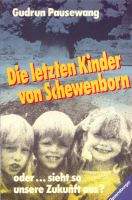 W
WThe Last Children of Schewenborn is a 1983 novel by Gudrun Pausewang, depicting life in rural Germany in the aftermath of a nuclear war.
 W
WThe Last Day of Creation is a science fiction novel by German writer Wolfgang Jeschke, first published in 1981. The English translation by Gertrud Mander was published in 1982 by Century in London. In the same year the novel obtained the Kurd-Laßwitz-Preis.
 W
WLook Who's Back is a bestselling German satirical novel about Adolf Hitler by Timur Vermes, published in 2012 by Eichborn Verlag. The novel was adapted into a German movie of the same name, which was released in 2015.
 W
WMetropolis is a 1925 science fiction novel by the German writer Thea von Harbou. The novel was the basis for and written in tandem with Fritz Lang's 1927 film Metropolis.
 W
WNichts von euch auf Erden is a 2013 novel by the German writer Reinhard Jirgl. It is set in the 25th century and tells the story of how human settlers on Mars return to Earth in an aggressive manner.
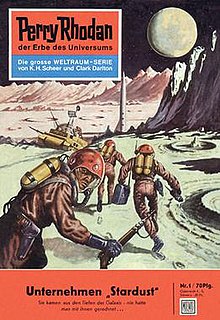 W
WPerry Rhodan is the eponymous hero of a German science fiction novel series which has been published each week since 8 September 1961 in the 'Romanhefte' format by Pabel-Moewig Verlag, a subsidiary of Bauer Media Group. As of February 2019, 3000 booklet novels of the original series plus 850 spinoff novels of the sister series Atlan plus over 400 paperbacks and 200 hardcovers have been published, totalling over 300,000 pages. Having sold approximately two billion copies worldwide alone,, it is the most successful science fiction book series ever written. The first billion of worldwide sales was celebrated in 1986.
 W
WSomnium is a novel written in 1608, in Latin, by Johannes Kepler. The narrative would not be published until 1634 by Kepler's son, Ludwig Kepler. In the narrative, an Icelandic boy and his witch mother learn of an island named Levania from a daemon. Somnium presents a detailed imaginative description of how the Earth might look when viewed from the Moon, and is considered the first serious scientific treatise on lunar astronomy. Carl Sagan and Isaac Asimov have referred to it as one of the first works of science fiction.
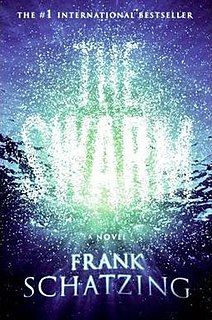 W
WThe Swarm is a science fiction novel by German author Frank Schätzing. It was first published in Germany and Austria in 2004 and soon became a bestseller.
 W
WDer Tunnel is a novel by Bernhard Kellermann published in April 1913. The novel sold 100,000 copies in the six months after its publication, and it became one of the most successful books of the first half of the 20th century. By 1939 its circulation had reached millions. The main theme of the novel is social progress, particularly with respect to modern technology.
 W
WTwo Planets is an influential science fiction novel postulating intelligent life on Mars by Kurd Lasswitz. It was first published in hardcover by Felber in two volumes in 1897; there have been many editions since, including abridgements by the author's son Erich Lasswitz and Burckhardt Kiegeland and Martin Molitor. The 1948 abridgement, with "incidental parts" of the text taken from the 1969 version, was the basis of the first translation into English by Hans H. Rudnick, published in hardcover by Southern Illinois University Press in 1971. A paperback edition followed from Popular Library in 1976.
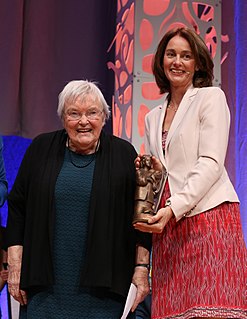 W
WDie Wolke is a German novel for young adults by German author Gudrun Pausewang, published in 1987. The story was written after the 1986 Chernobyl nuclear disaster in Ukraine, with a 14-year-old girl having to deal with the consequences of a fictional similar disaster in Germany. It was translated into English by Patricia Crampton, published in 1997, as Fall-Out. Die Wolke, which received several awards, became a popular book for reading in class and was adapted for film and stage, has been regarded as Pausewang's signature work.